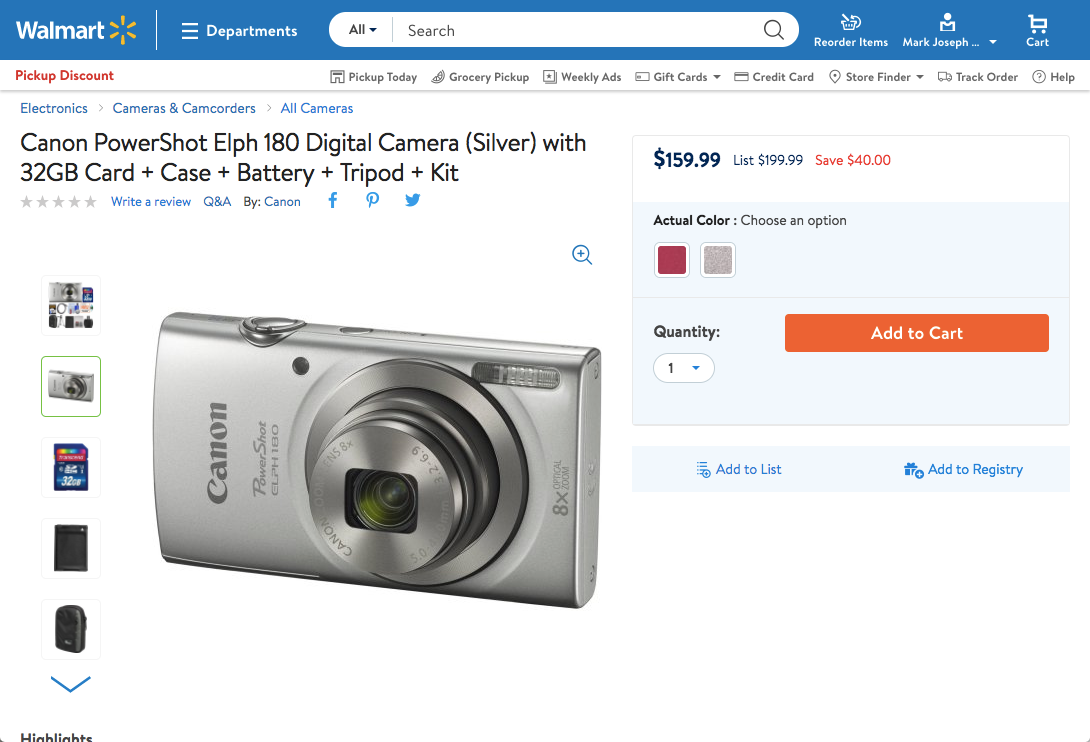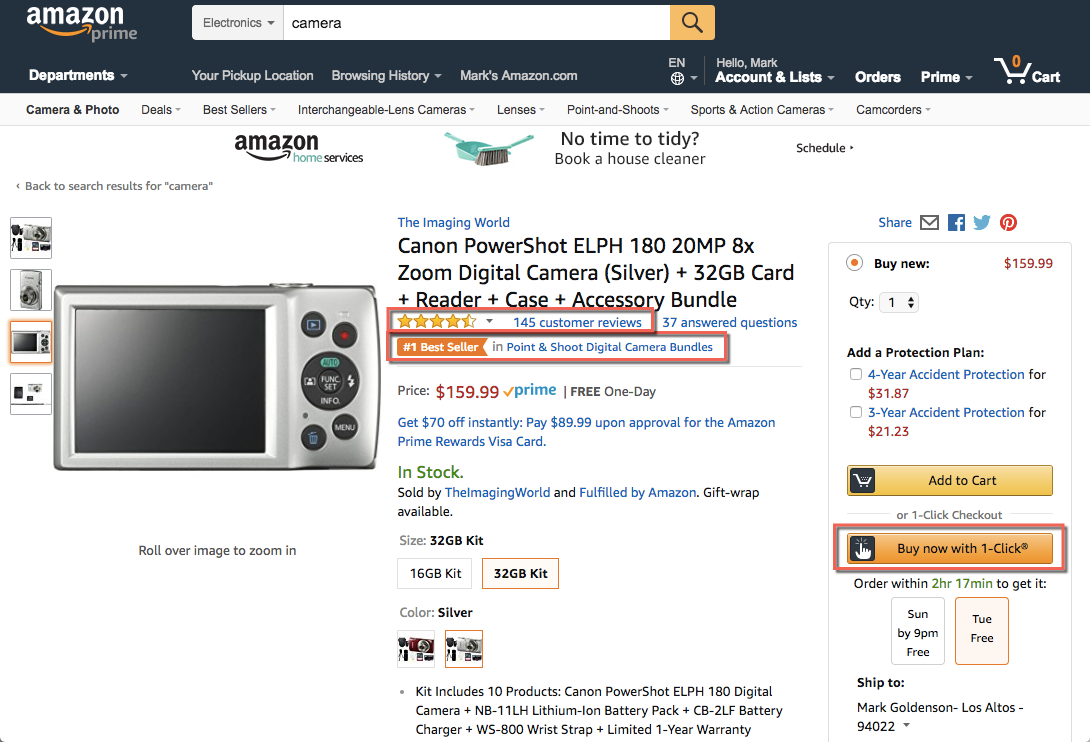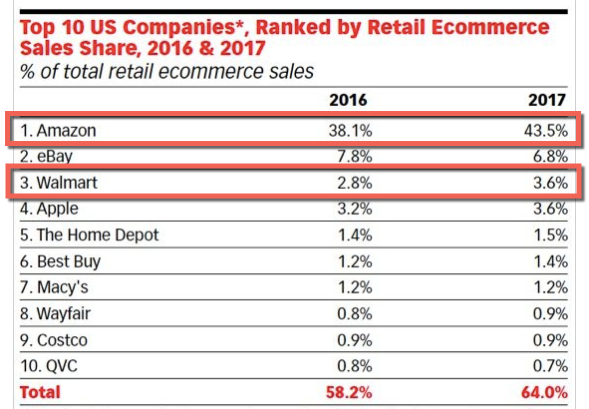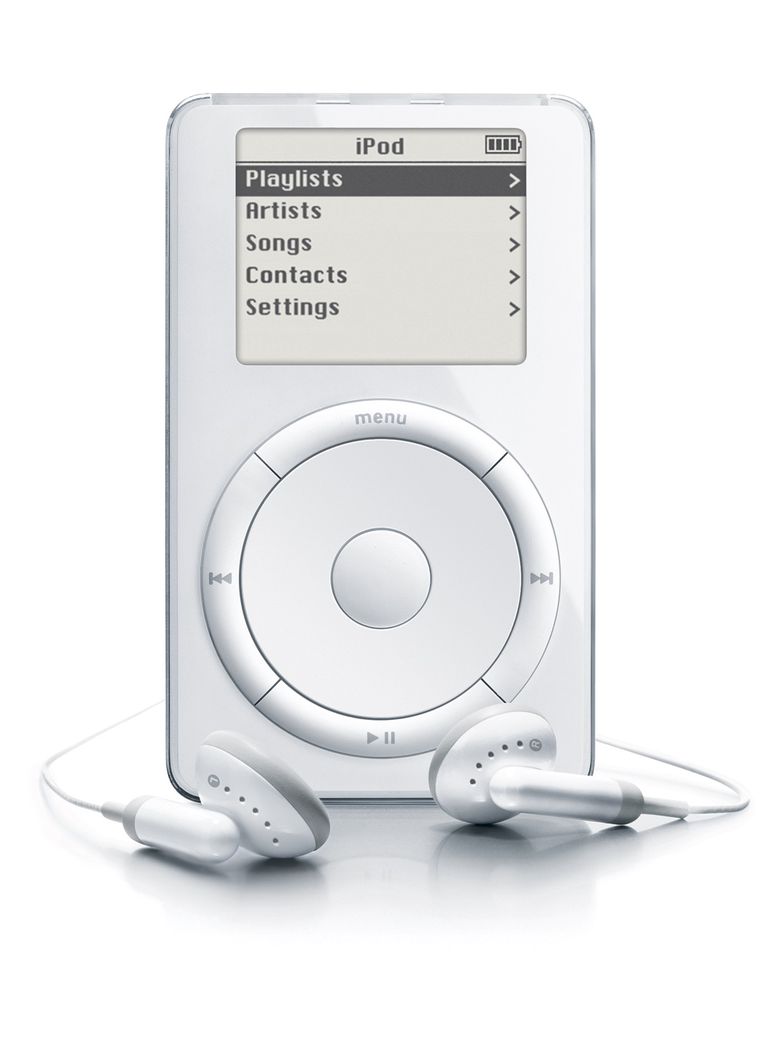Execution is the Details
“Vision without execution is just hallucination.”
-Henry Ford
“Genius is 1% inspiration and 99% perspiration.”
-Thomas Edison
Founders are told that execution is the driver of success. What is execution?
A clear definition requires understanding three often misunderstood terms: goal, strategy, and tactic.
Execution Terms: Goal, Strategy, Tactic
Goal
The end toward which effort is directed.
Strategy
A broad plan toward a goal.
Tactic
A specific action to implement a strategy.
For every goal, there are usually many paths.1If a goal has only one path, no strategy is needed because there are no choices. A strategy is the path you will take. A tactic is a step down that path.
Strategy is thinking, tactics are doing. A tactic is a unit of execution.
Strategy and tactics are on a continuum, from highly abstract to highly specific. Senior people in an organization focus on strategy, junior people on tactics.
Strategy vs. Tactics by Work Role
| Strategy | Tactics | ||
|---|---|---|---|
| Role | CEO | Director/Manager | Individual Contributor |
| Scope | Company-wide | Product-wide | Features |
| Timescale | Years to decades | Quarters to years | Weeks to months |
| Budget | Multi-millions | Millions | Thousands |
To a large company CEO, allocating a few million dollars to a product line for a year feels like a tactic, a step in the company’s overall strategy. To an individual contributor, it feels like a strategy to be executed by building features. I think this difference in perspective helps explain why strategy and tactics can be confusing.
“The difference between strategy and execution: strategy is done above the shoulders, execution is done below the shoulders.”
-Jeremiah Owyang
A strategy can be good and its execution poor, and vice versa.
Good execution is implementing a strategy that leads to your goal, while minimizing use of resources like time, money, and effort.
What drives good execution?
Attention to details.
Case Study: Amazon vs. Walmart
Imagine you want to buy a point-and-shoot camera. Two online retailers, Amazon and Walmart, want to sell it to you with the same strategy of low prices, detailed specs, trustworthy reviews, and convenient ordering.
This is Walmart’s product page for a popular point and shoot camera:
This is Amazon’s product page for the same camera at the same price:
Amazon executes on this strategy significantly better through several tactics (highlighted in red above).
1. One-click ordering. Amazon famously patented it in 1999 but the patent expired in September 2017. Walmart still doesn’t offer one-click, forcing users through four pages and six clicks.
2. Best-seller ranking. Amazon tells you the camera’s sales ranking to guide decisions. Walmart doesn’t.
3. Many detailed reviews. Amazon’s Vine and Early Reviewer programs incent customers to leave authentic reviews. For this top-selling camera, Amazon has 145 customer reviews, Walmart has 0.
4. High-resolution, zoomable photos. Amazon lets you magnify any section of a photo by hovering, letting you read package text and see nuances without a click. Walmart doesn’t.
These details are just a few reasons why Amazon is eating every retailer’s lunch, even though prices across retailers are roughly the same. Amazon is in a commoditized market with razor-thin margins but has an almost monopoly position. That level of execution has made Amazon founder Jeff Bezos, in absolute numbers, the wealthiest person in history.
Case Study: Apple iPod
In 2001, the emerging portable music player market had mediocre products. CD players could only play about a dozen songs and skipped when shaken. MP3 and hard drive players could play hundreds of songs but were bulky, ugly, and took hours to load songs.
In October 2001, Steve Jobs launched the iPod. It had roughly the same functions as other players but got the important details right:
1. Capacity for 1,000 songs, enough to hold an entire music library.
2. Fit in your pocket with the dimensions of a deck of cards.
3. Fast uploading through FireWire, which could transfer 1,000 songs in ten minutes.
4. Twenty-minute skip protection that enabled listening while running or dancing.
5. iTunes integration to auto-sync songs.
6. A scroll wheel and intuitive controls for navigating a large library.
7. A beautiful design that made the device a status symbol.
Jobs set his notorious attention to detail on the iPod, per The Atlantic:
“When engineers working on the very first iPod completed the prototype, they presented their work to Steve Jobs for his approval. Jobs played with the device, scrutinized it, weighed it in his hands, and promptly rejected it. It was too big.
The engineers explained that they had to reinvent inventing to create the iPod, and that it was simply impossible to make it any smaller. Jobs was quiet for a moment. Finally he stood, walked over to an aquarium, and dropped the iPod in the tank. After it touched bottom, bubbles floated to the top.
‘Those are air bubbles,’ he snapped. ‘That means there’s space in there. Make it smaller.'”
Pre-launch reviews of the iPod were mixed as some criticized its $399 price and Mac-only compatibility, but consumers loved it. Apple has since sold over 300 million iPods and owns over 70% of the portable music player market.
Apple products look and feel magical (I say that as an Android owner). The leadership of Steve Jobs, vertical integration across software, hardware, and services, and execution on details made Apple the most valuable company in the world.
Footnotes
| ↑1 | If a goal has only one path, no strategy is needed because there are no choices. |
|---|





